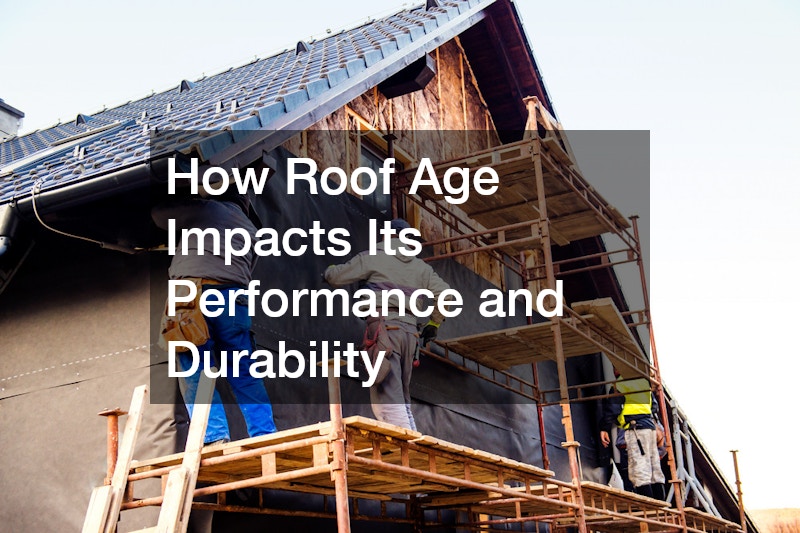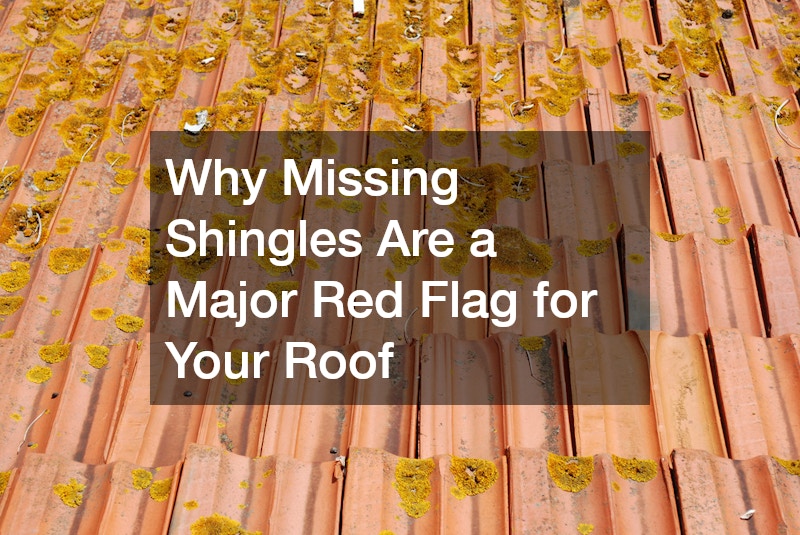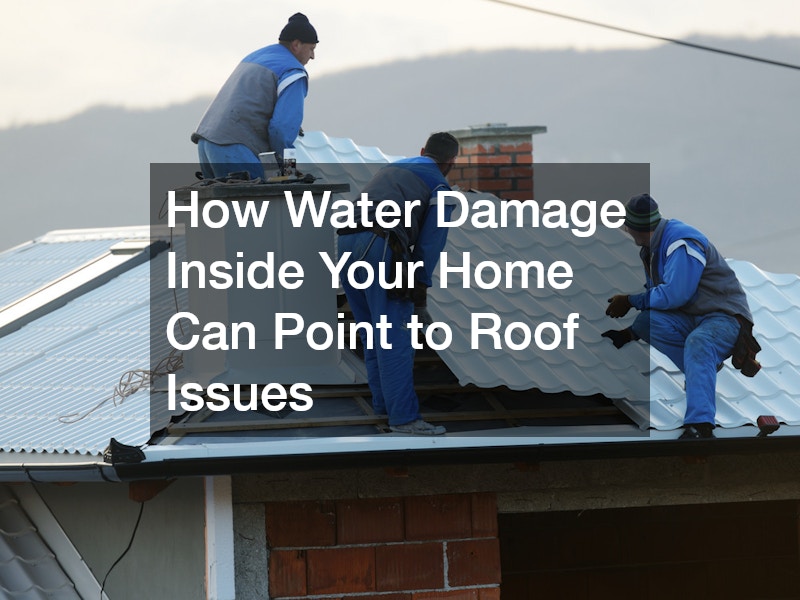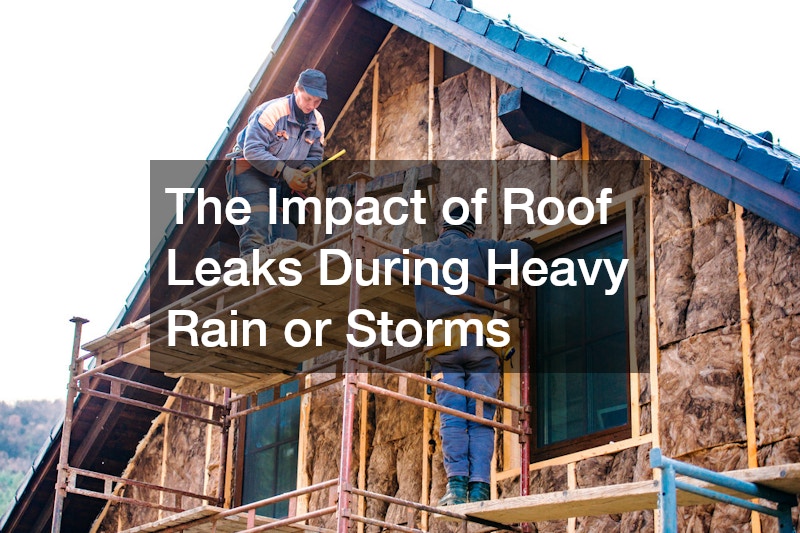A home’s roof is often its first line of defense against the elements, yet many homeowners overlook its significance until problems arise. Regular upkeep, coupled with awareness of your roof’s condition, can save you from costly repairs or a total roof replacement. Understanding the signs of aging and damage, as well as knowing whom to call when issues emerge, is crucial for every homeowner. Proper maintenance not only prolongs the life of your roof but also helps maintain your home’s overall safety and value. It’s essential to learn about different types of roofing materials, their life expectancy, and what preventative measures can be taken to avoid premature deterioration.

How Roof Age Impacts Its Performance and Durability
The age of your roof significantly affects its performance and durability. Most roofing materials have an expected lifespan, which can range from 20 to 50 years, depending on the type. As roofs age, they can become more susceptible to damage, which may prompt the need for a total roof replacement sooner rather than later.
Roofing companies often assess the condition of your roof based on its age, alongside the material used. For instance, an asphalt shingle roof typically lasts around 20-30 years, while metal roofs can endure for up to 50 years when installed correctly. Knowing the age of your roof can help you determine whether it’s time to consult roofing services for repairs or if a complete overhaul is necessary.
Furthermore, outdated roofs may fall short on energy efficiency standards, resulting in higher energy bills. Homeowners should monitor their roof age closely, as functionality can diminish rapidly once the materials reach their maximum lifespan. If you suspect that your roof is aging, it’s a good idea to get it inspected by a qualified roofing company that can guide you on the best next steps.
Recognizing the Signs of Curling or Buckling Shingles
Curling or buckling shingles are telltale signs that your roof may need urgent attention. These deformities can result from improper installation or prolonged exposure to harsh weather conditions. When shingles curl, they cannot effectively shed water, making your home susceptible to leaks and further damage.
Often, homeowners miss the signs of curling or buckling shingles until it’s too late. These issues can be alarming and indicate that a total roof replacement may be on the docket. Not addressing these problems swiftly could lead to more extensive, costly damage requiring the services of roofing contractors.
If you notice any curling or buckling, it’s essential to contact local roofers immediately for a professional assessment. They can determine whether a roof repair is sufficient or if a full replacement is necessary based on the condition of the shingles. Proper early intervention can prevent minor issues from escalating into major reconstruction projects.

Why Missing Shingles Are a Major Red Flag for Your Roof
One of the most substantial warning signs for your roof’s integrity is the presence of missing shingles. Shingles protect underlying layers and help to keep your home dry, so losing them can expose your roof to moisture and the elements. This often necessitates a total roof replacement, especially if multiple shingles are missing.
Metal roofers have noted that when shingles are missing, it’s usually a symptom of a greater underlying issue, such as wind damage or poor installation. Examining your roof regularly can help you catch these issues early. Failure to address a missing shingle can lead to severe damage, including leaks and further degradation of roofing materials.
Professional roofing services can provide a thorough inspection and determine if patching the problem is sufficient or if a roof replacement service is warranted. Repairing or replacing missing shingles promptly will ultimately save you time and money by preserving your roof’s functionality. Ignoring this red flag could lead to more severe structural damage and higher costs down the line.
What Granule Loss on Shingles Reveals About Roof Health
Granule loss is another important warning sign that indicates the health of your roof. Over time, shingles can wear down, losing the protective granules that provide UV protection and weather resistance. When you start to see granules in gutters or on the ground, it often indicates that your roof is nearing the end of its lifespan.
This deterioration is usually a natural part of aging, but excessive granule loss can signal a critical failure requiring immediate attention from a roofing company. Ignoring this issue may lead to leaks and further damage, necessitating a total roof replacement sooner rather than later. Protecting your investment means recognizing the signs of wear and seeking the help of qualified roofers.
Regular roof inspections can help you catch granule loss early, allowing you to take action before your roof fails. A roofing contractor can assess the severity of the granule loss and advise whether a repair or a total roof replacement is needed. Maintaining awareness of the condition of your shingles will ensure your home’s safety and longevity.

How Water Damage Inside Your Home Can Point to Roof Issues
Water damage inside your home should never be taken lightly, as it’s often a direct indicator of roof problems. Signs like stains on ceilings or walls, mold growth, or a musty smell can all be linked back to roof leaks. Inconsistent water seepage can lead to severe structural damage requiring a total roof replacement.
If you notice any signs of water damage, seeking the help of professional roofers is essential. They can conduct a thorough evaluation and identify whether the source of the issue lies within the roof. Early detection allows for prompt recovery action, which could range from minor spot repairs to a complete overhaul.
Ignoring internal water damage can result in more significant consequences, including the need for extensive remodeling and more costly repairs. Therefore, it’s crucial to address these interior signs of trouble expeditiously. A qualified roofing contractor can provide you with an accurate assessment and guide you through the necessary steps to preserve your home’s integrity.
Identifying Roof Leaks: A Step-by-Step Guide
Identifying roof leaks can be a daunting task, but it is critical for maintaining your home’s safety. Start by checking your attic for any signs of moisture, water stains, or mold, as these can indicate leaks above. Next, look for visible holes or gaps in roofing materials, and inspect flashings around vents, chimneys, and skylights for potential vulnerabilities.
If you suspect a leak but cannot find the source externally, consider conducting a water test. This involves finding a helper to spray water on different areas of the roof while you look for signs of water ingress in the attic. A detailed evaluation may require the expertise of a roofing contractor who can pinpoint smaller issues that the untrained eye might miss.
Once leaks are identified, prompt repairs are essential. Waiting can lead to more extensive damage, increasing the necessity for a total roof replacement, which is significantly costlier. Addressing leaks quickly with the aid of experienced roofers can preserve your home’s structure and avoid more severe structural issues down the line.

The Impact of Roof Leaks During Heavy Rain or Storms
Roof leaks can become particularly catastrophic during heavy rains or storms. Increased rainfall can exacerbate small leaks, transforming them into larger problems. When the water penetrates under shingles or through flashings, it can lead to significant damage both on the roof and within the structure of your home.
It’s important to understand the risks associated with roof leaks in severe weather. Homeowners may find themselves with flooded attics, sagging ceilings, and water damage to walls and floors if leaks go unaddressed. Such conditions often warrant immediate action and could require a total roof replacement to restore the home’s protective barrier.
Regular maintenance and inspections are vital to mitigate the impact of heavy rains on your roof. Local roofers can offer seasonal assessments to ensure that your roof is in top shape before storm season hits. Having a strategy in place for potential leaks can save you from extensive repairs and emergencies down the line.
What Cracked or Damaged Flashing Means for Your Roof
Flashing protects vulnerable areas of the roof, such as joints and chimneys, from water infiltration. When flashing becomes cracked or damaged, it significantly increases the chance of leaks. Homeowners should regularly inspect flashing to catch problems early and prevent the need for a total roof replacement later.
The deterioration of flashing can result from age, weather exposure, or improper installation. If you notice any peeling paint or rust on flashing, it may be time to contact roofing services for an inspection. Addressing flashing issues promptly can help maintain the integrity and performance of your roof, avoiding full-scale repairs.
The right roofing repair can sometimes solve minor flaws in flashing without the need for complete roof replacement. However, depending on the condition and age of your roof, it could still lead to the necessity for a total roof replacement if the underlying issues are more severe. Professional roofers can provide the expertise needed to navigate these decisions effectively.
The Dangers of a Sagging Roof: When to Take Action
A sagging roof is a severe issue that should never be ignored. Sagging indicates structural problems often caused by excess weight or compromised beams, which can lead to catastrophic failure. In many cases, a total roof replacement is necessary to restore safety and functionality.
The factors causing roof sag can vary from the accumulation of snow and ice to rotted rafters or inadequate ventilation, leading to moisture retention. Timely intervention is crucial to prevent the situation from worsening, leading to potential collapse. Homeowners should immediately call a roofing contractor if they observe their roof sagging, as swift action can mitigate further risks.
While temporary repairs may offer relief, the long-term solution will likely require a full assessment by experienced local roofers. They can offer guidance and a clearer understanding of the necessary steps to ensure your home is safe and sound. Ultimately, addressing a sagging roof is critical for preserving the structural integrity of your home.
Moss, Mold, and Algae Growth: A Sign Your Roof is Suffering
The presence of moss, mold, or algae on your roof can be problematic. These growths can trap moisture, leading to significant degradation of roofing materials over time. Homeowners should be vigilant about these signs, as they often indicate deeper issues that may lead to a total roof replacement if left untreated.
These organisms typically thrive in damp or shaded areas, often giving rise to further complications such as rot or erosion. Consistent maintenance and cleaning can help reduce their impact on your roof’s lifespan. If growth is extensive, it is advisable to seek roofing services to assess the damage and develop a treatment plan.
If the damage is extensive, you may be faced with the prospect of a total roof replacement. Professional roofers can help not only with removal but can also suggest preventive measures to protect your investment moving forward. Understanding the relationship between these growths and roof health is crucial for maintaining a resilient and durable structure over time.
Maintaining the integrity of your roof is essential for the overall health of your home. By recognizing the signs of wear, damage, and the need for roofing services, you can make informed decisions about repairs and replacements. Awareness of roof age, structural issues, and the importance of regular inspections can prevent small problems from turning into costly repairs, including a total roof replacement.
A proactive approach to roofing maintenance not only preserves the value of your home but also ensures the safety and comfort of your living space. Whether it’s recognizing curling shingles or addressing internal water damage, understanding when to act is crucial. Partnering with professionals—such as local roofers or roofing contractors—ensures you receive the guidance you need to navigate the complexities of roof care effectively.
In conclusion, whether your roof is a few years old or has seen its fair share of storms, it’s vital to remain educated on potential issues. Regularly consulting with roofing services can provide peace of mind, helping you maintain your roof’s quality and functionality. Ultimately, safeguarding your home begins from the top down.




